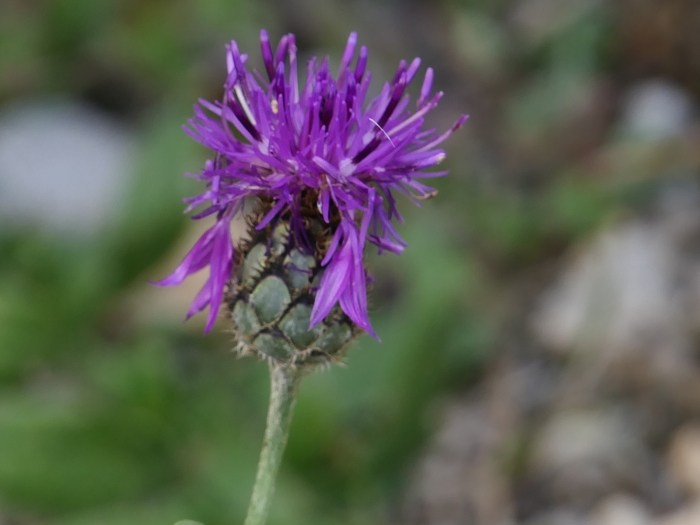Greater Knapweed
(Centaurea cephalariifolia)
Greater Knapweed (Centaurea cephalariifolia)
/
/

© José Luis Romero Rego
CC BY-SA 4.0
Image By:
© José Luis Romero Rego
Recorded By:
Copyright:
CC BY-SA 4.0
Copyright Notice:
Photo by: © José Luis Romero Rego | License Type: CC BY-SA 4.0 | License URL: http://creativecommons.org/licenses/by-sa/4.0/ | Uploader: joseluisromero | Publisher: iNaturalist |










Estimated Native Range
Summary
Centaurea cephalariifolia, commonly known as Greater Knapweed, is a perennial herb native to Spain. It can reach a height of 5-6 feet (1.5-1.8 meters) and a width of 2-3 feet (0.6-0.9 meters). This plant is characterized by its large, yellow, pincushion-like flowers that bloom in the summer and are highly attractive to pollinators. The foliage is coarse, with leaves that are deeply lobed and provide a textural contrast in garden settings.
Cephalaria Giant Scabious is valued for its tall stature and showy flowers, which make it a striking addition to borders and cottage gardens. It is also used for naturalistic plantings and as a cut flower due to its long stems and large blooms. This plant thrives in full sun and prefers well-drained loam or sandy soils, although it is adaptable to various soil types as long as they are not waterlogged. It requires moderate watering but can tolerate some drought once established. While generally low-maintenance, it may need staking in windy sites to prevent the tall stems from falling over. It is not commonly associated with serious pests or diseases, but powdery mildew and rust can occasionally be a problem in humid conditions. Deadheading spent flowers can encourage a second bloom and prevent self-seeding, which can be prolific under ideal conditions.CC BY-SA 4.0
Cephalaria Giant Scabious is valued for its tall stature and showy flowers, which make it a striking addition to borders and cottage gardens. It is also used for naturalistic plantings and as a cut flower due to its long stems and large blooms. This plant thrives in full sun and prefers well-drained loam or sandy soils, although it is adaptable to various soil types as long as they are not waterlogged. It requires moderate watering but can tolerate some drought once established. While generally low-maintenance, it may need staking in windy sites to prevent the tall stems from falling over. It is not commonly associated with serious pests or diseases, but powdery mildew and rust can occasionally be a problem in humid conditions. Deadheading spent flowers can encourage a second bloom and prevent self-seeding, which can be prolific under ideal conditions.CC BY-SA 4.0
Plant Description
- Plant Type:
- Height: 5-6 feet
- Width: 2-3 feet
- Growth Rate: Moderate
- Flower Color: Yellow
- Flowering Season: Summer
- Leaf Retention: Deciduous
Growth Requirements
- Sun: Full Sun
- Water: Medium
- Drainage: Fast, Medium
Common Uses
Bee Garden, Border Plant, Butterfly Garden, Low Maintenance
Natural Habitat
Native to the open woodlands, scrublands, and rocky slopes of Turkey
Other Names
Common Names: Centaura , Centaura Mayor
Scientific Names: Centaurea cephalariifolia , Centaurea scabiosa , Centaurea scabiosa subsp. cephalariifolia , Centaurea scabiosa var. cephalariifolia , Centaurea scabiosa var. estivalis , Centaurea scabiosa var. liviae , Colymbada cephalariifolia
GBIF Accepted Name: